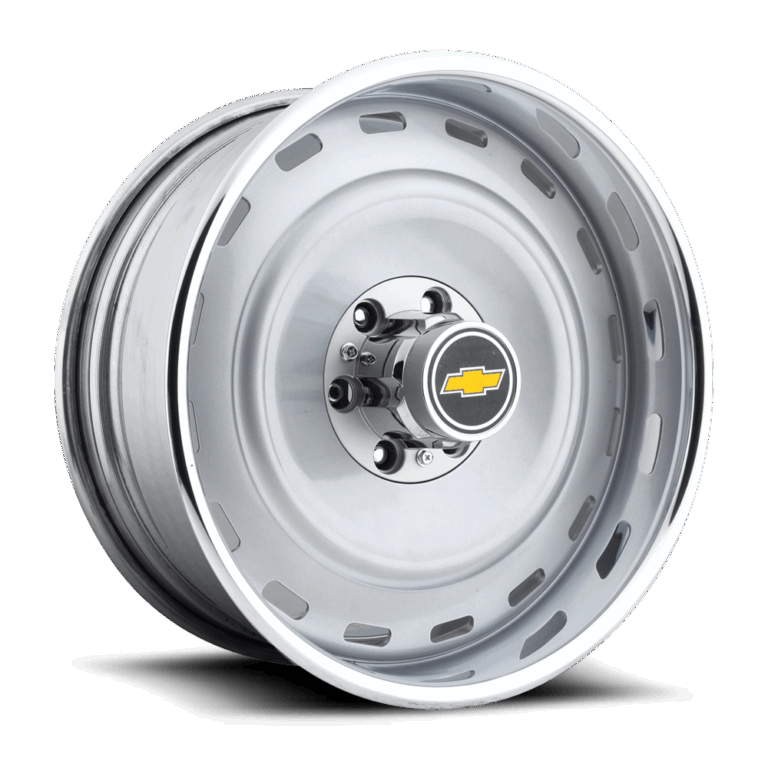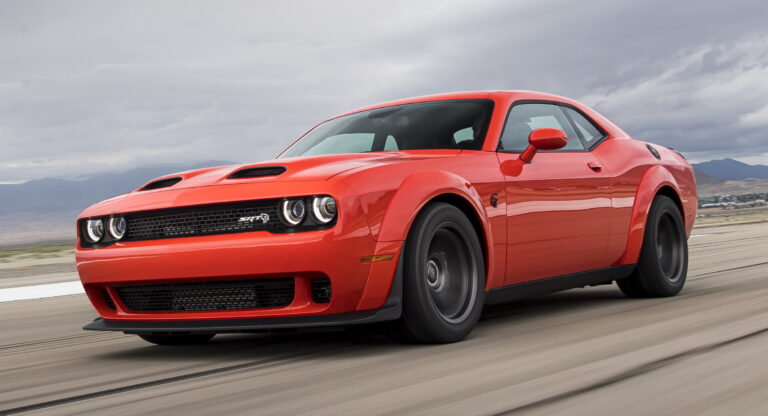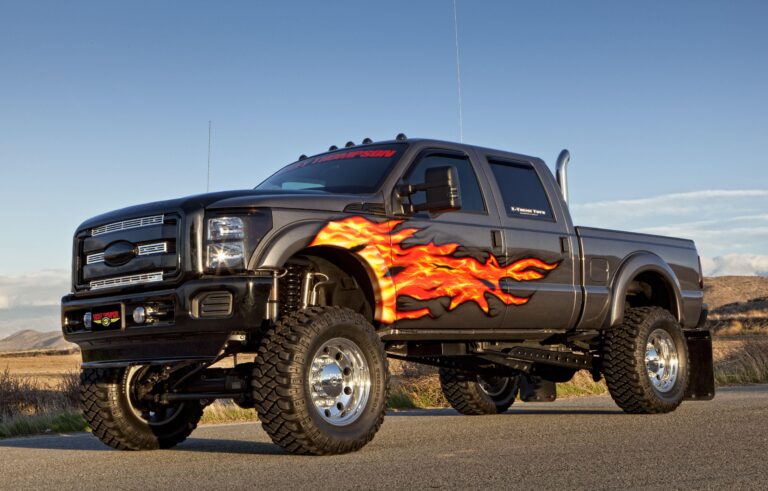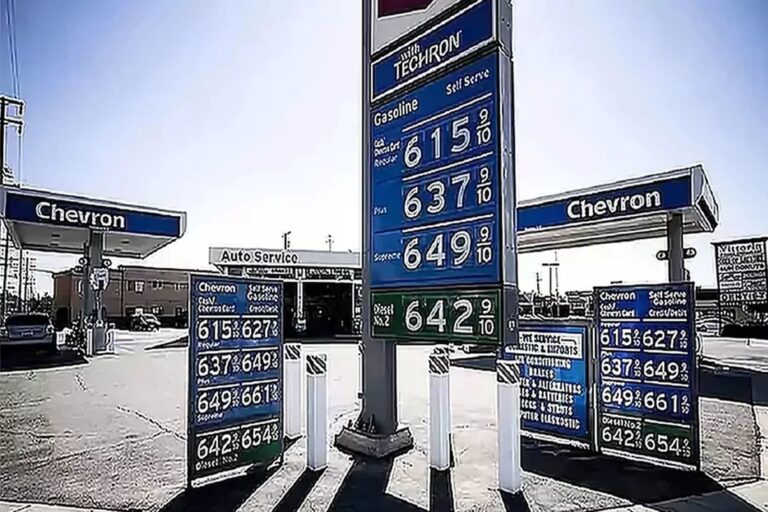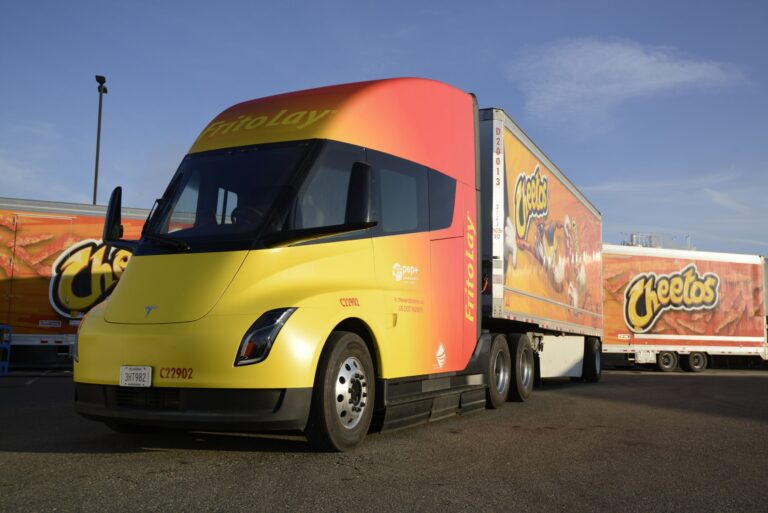Will A Cap From A 2010 Fit A 2016 F150: A Comprehensive Guide to Truck Bed Cap Compatibility
Will A Cap From A 2010 Fit A 2016 F150: A Comprehensive Guide to Truck Bed Cap Compatibility cars.truckstrend.com
In the world of truck ownership, accessories are often as important as the vehicle itself. A truck bed cap, also known as a camper shell or topper, offers invaluable utility, protecting cargo from the elements, enhancing security, and even transforming your truck into a makeshift camping solution. Given the significant investment these accessories represent, it’s natural for truck owners to consider repurposing a cap from an older vehicle to a newer one. This often leads to a crucial question: Will a cap from a 2010 Ford F-150 fit a 2016 Ford F-150?
This article will delve deep into this specific compatibility challenge, providing a comprehensive guide to understanding the nuances of truck bed cap fitment across different model years and generations. We’ll explore the critical factors that determine a proper fit, highlight the significant differences between the 2010 and 2016 F-150 models, offer practical advice, and help you make an informed decision about your truck cap needs.
Will A Cap From A 2010 Fit A 2016 F150: A Comprehensive Guide to Truck Bed Cap Compatibility
Understanding Truck Bed Cap Fitment: More Than Just Length
At first glance, one might assume that if two trucks share the same bed length (e.g., 6.5 feet), a cap should be interchangeable. However, the reality is far more complex. A proper truck bed cap fit depends on several precise measurements and design considerations that go beyond just the bed’s nominal length.
Here are the critical factors that determine whether a truck cap will fit seamlessly and functionally:
- Bed Length (Nominal vs. Actual): While both 2010 and 2016 F-150s were available with various bed lengths (5.5 ft, 6.5 ft, 8 ft), the exact internal and external dimensions, as well as the placement of mounting points, can vary even for the same nominal length.
- Bed Width and Rail Contours: This is arguably the most crucial factor. The width of the bed rails, their specific contours, and how they taper from front to back are unique to different truck generations and models. A cap must perfectly match these contours to create a weather-tight seal and a secure fit. Even subtle differences can lead to gaps, leaks, and an unstable installation.
- Cab Height and Rake Angle: The front of the truck cap is designed to align with the back of the truck’s cab. This involves matching the cab’s height and its "rake" or angle. If the cap’s front profile doesn’t match the truck’s cab, it will look aesthetically awkward, compromise aerodynamics, and potentially create a gap that allows water or debris to enter.
- Tailgate Design and Clearance: The rear of the cap must clear the tailgate when it’s closed and allow it to open and close freely without obstruction. Tailgate designs, including their width, thickness, and latching mechanisms, can evolve between model years, impacting cap compatibility.
- Mounting System Compatibility: While most caps use clamps that attach to the bed rails, the specific design of these clamps and the lip on the truck’s bed rail they attach to can vary. A cap designed for one generation might not have the ideal clamping surface on another.

Generational Divide: 2010 F-150 (12th Gen) vs. 2016 F-150 (13th Gen)
The core of our compatibility question lies in understanding the significant design differences between the 2010 and 2016 Ford F-150 models. These years represent two distinct generations of the F-150, each with fundamental changes in body structure and dimensions.
The 2010 F-150 (12th Generation: 2009-2014)
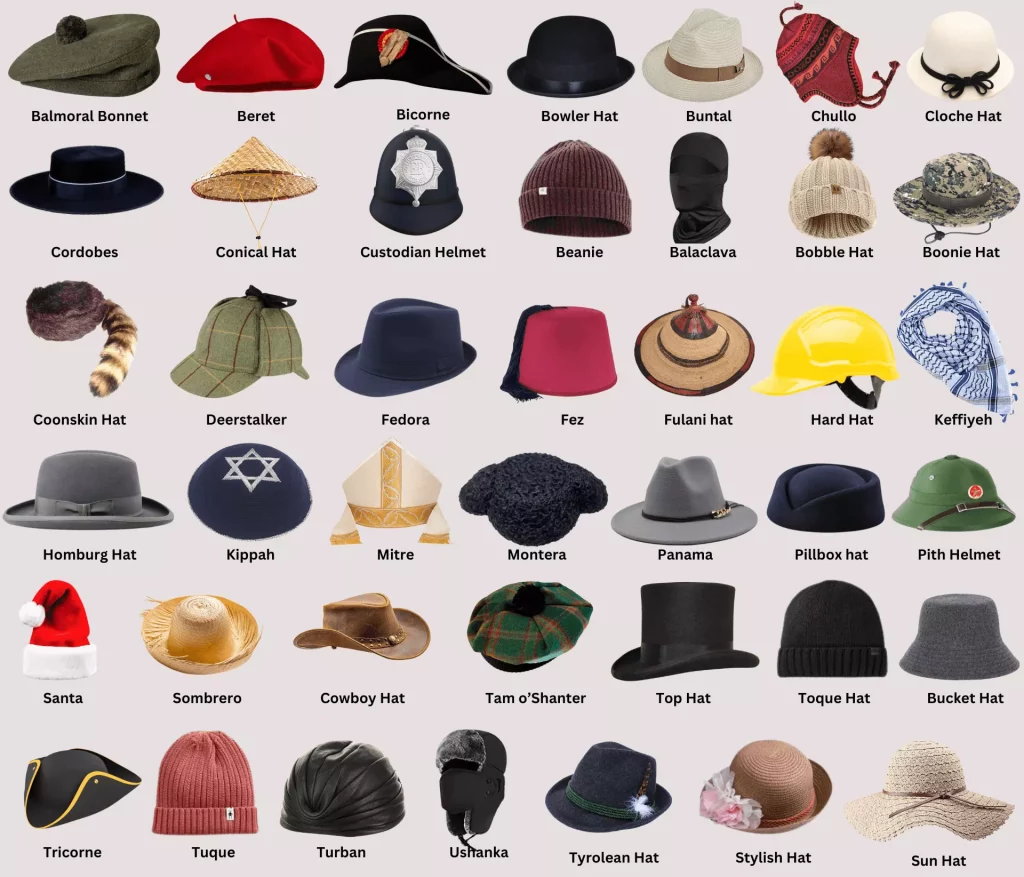
The 2010 F-150 belongs to the 12th generation, which was produced from 2009 to 2014. These trucks featured a traditional steel body construction. While highly capable, their design reflects the engineering and aesthetic trends of that era. Key characteristics relevant to cap fitment include:
- Steel Bed Construction: The bed rails, tailgate, and overall bed structure are made from steel.
- Specific Bed Rail Design: The contours and width of the bed rails are unique to this generation.
- Cab-to-Bed Interface: The rear profile of the cab and its relationship to the bed were designed for caps of this era.

The 2016 F-150 (13th Generation: 2015-2020)
The 2016 F-150 is part of the revolutionary 13th generation, which debuted for the 2015 model year. The most significant change was the shift to a high-strength, military-grade aluminum alloy body for weight reduction and improved fuel efficiency. This wasn’t just a material change; it necessitated a complete redesign of the truck’s structure, including the bed.
Key characteristics relevant to cap fitment for the 2016 F-150:
- Aluminum Bed Construction: The bed, including its rails and tailgate, is made from aluminum.
- Redesigned Bed Rail Contours: The dimensions, especially the width and the specific curve of the top of the bed rails, are different from the previous steel generation. Even if the nominal width is similar, the precise shape that a cap’s base rails would sit on has changed. This is often the primary reason for incompatibility.
- Updated Cab Design: The cab itself was redesigned to optimize aerodynamics and accommodate the new aluminum construction. This means the rake angle and height at the back of the cab are likely different.
- Tailgate Redesign: The tailgate was also redesigned, potentially affecting its width, thickness, and how it interacts with the rear of a cap.
The Direct Answer: Will a 2010 F-150 Cap Fit a 2016 F-150?
In almost all cases, no. A truck bed cap designed specifically for a 2010 Ford F-150 will NOT properly fit a 2016 Ford F-150.
Here’s why:
- Bed Rail Incompatibility: The fundamental difference in bed rail design between the 12th and 13th generations is the primary roadblock. The subtle but significant changes in width, contour, and overall shape mean that a cap from a 2010 F-150 will not sit flush or seal correctly on the bed rails of a 2016 F-150. You’d likely encounter gaps, uneven pressure points, and an inability to achieve a watertight seal.
- Cab-to-Cap Mismatch: The aesthetic and functional flow from the back of the cab to the front of the cap would be compromised. The cap might sit too high or too low, or its front profile might not align with the 2016 F-150’s cab, leading to an awkward appearance and potential aerodynamic issues.
- Compromised Weather Sealing: Without a precise fit on the bed rails, water, dust, and debris will inevitably leak into the truck bed, defeating the primary purpose of having a cap.
- Security and Stability Issues: An ill-fitting cap cannot be securely clamped down, making it prone to shifting, rattling, and even becoming dislodged at highway speeds. This poses a significant safety risk and compromises the security of your cargo.
- Aesthetic Discrepancy: Even if you could somehow force it on, the visual mismatch between the cap designed for an older generation and the sleeker, redesigned 2016 F-150 would be noticeable and detract from the truck’s appearance.
While it might be technically possible to perform extreme modifications (cutting, adding spacers, custom sealing) to "make it fit," such efforts would be costly, time-consuming, and would likely result in a compromised, less functional, and aesthetically unpleasing solution. The structural integrity of the cap could be weakened, and the truck bed itself could be damaged.
Important Considerations When Buying a Used Truck Cap
Given the incompatibility, if you’re looking for a cap for your 2016 F-150, your best bet is to find one specifically designed for the 2015-2020 F-150 generation. Here’s practical advice for acquiring a cap:
- Verify Model Year Compatibility: Always confirm that any used cap you’re considering was manufactured for a 2015-2020 Ford F-150. Check the manufacturer’s label or VIN tag on the cap itself, which often includes vehicle compatibility information.
- Measure Your Truck Bed: Even within the same generation, different bed lengths exist. Measure your truck’s bed length precisely from the bulkhead to the inside of the tailgate (when closed).
- Inspect Thoroughly: Before purchasing, examine the cap for any cracks, damage, warped sections, or missing hardware. Pay close attention to the base rails and the seals.
- Consider Color Match: While not critical for fit, a matching color saves you the cost and hassle of painting. If the color doesn’t match, factor in the cost of professional painting.
- Check Electrical Components: If the cap has interior lights, brake lights, or power locks, ensure all wiring is intact and functional.
- Professional Consultation: If in doubt, consult with a reputable truck accessory dealer or cap manufacturer. They often have detailed fitment guides and can confirm compatibility.
Alternatives to Forcing a Fit
Since a direct swap is highly impractical, consider these alternatives for your 2016 F-150:
- Purchase a New Cap: This is the most straightforward option, guaranteeing a perfect fit, manufacturer warranty, and access to the latest features and designs.
- Seek a Used Cap for the 2015-2020 F-150 Generation: This offers significant cost savings over a new cap. Check online marketplaces (Facebook Marketplace, Craigslist), local classifieds, and specialized truck forums. Many owners upgrade their trucks and sell their perfectly good caps.
- Consider a Tonneau Cover: If your primary need is cargo protection rather than full enclosure or elevated storage, a tonneau cover (roll-up, folding, or retractable) is often a more affordable and versatile solution. While not as secure or weatherproof as a cap, they serve many basic needs.
Cost Considerations for Truck Bed Caps
Understanding the costs involved can help contextualize the decision to pursue a new or used cap, rather than attempting an incompatible fit.
| Item/Action | Description | Estimated Cost Range (USD) | Notes |
|---|---|---|---|
| New Truck Cap (2016 F-150 Specific) | Brand new, perfectly matched for 2015-2020 F-150. Fiberglass, aluminum, etc. | $1,500 – $4,000+ | Varies greatly by material, features (windows, lights, carpet, racks), and brand. Includes warranty. |
| Used Truck Cap (2015-2020 F-150 Specific) | Pre-owned cap designed for your truck’s generation. | $500 – $1,500 | Condition, brand, features, and local market demand affect price. Best value option. |
| Used Truck Cap (2009-2014 F-150 Specific) | Not recommended for 2016 F-150. Generally cheaper due to age/limited demand. | $200 – $700 | Warning: Attempting to modify this to fit will likely incur additional, wasted costs. |
| Professional Installation (New/Used) | Labor for mounting, wiring lights, and ensuring proper seal. | $100 – $300 | Highly recommended for proper fit, weather sealing, and electrical connections. |
| Cap Painting (if color mismatch) | Professional paint job to match your truck’s color. | $300 – $800 | Varies by paint type, size of cap, and local labor rates. |
| DIY Modification (Attempting to "fit" incompatible cap) | Materials (seals, shims, brackets), tools, time, potential damage. | $100 – $500+ (plus frustration) | High risk of failure. Often leads to poor results, leaks, and eventual replacement. Not advised. |
Frequently Asked Questions (FAQ)
Q: Are all F-150 truck beds the same length for a given nominal size (e.g., 6.5 ft)?
A: While the nominal length might be the same, the actual internal and external dimensions, including rail width and contours, can differ significantly between generations. A 6.5 ft bed from a 2010 F-150 is not dimensionally identical to a 6.5 ft bed from a 2016 F-150 for cap fitment purposes.
Q: Can I just add extra weather stripping or shims to make a 2010 cap fit a 2016?
A: While you could try, it’s highly unlikely to create a lasting, truly weather-tight, and secure seal. The differences in rail contours are too significant to be overcome by simple shims or extra stripping. You’d still likely experience leaks, wind noise, and an unstable cap.
Q: What are the biggest risks of using an ill-fitting cap?
A: Leaks (damaging cargo), compromised security (easy to pry open), structural damage to the cap or truck bed, safety hazards (cap shifting or coming loose at speed), and poor aesthetics.
Q: Where can I find a used cap specifically for my 2016 F-150?
A: Online marketplaces like Facebook Marketplace, Craigslist, dedicated truck forums, local classified ads, and even calling local truck accessory shops that sometimes have used caps in stock.
Q: Is it worth the hassle to try and adapt an older cap?
A: Generally, no. The time, effort, potential cost of modifications, and the high likelihood of a subpar result usually outweigh any initial savings. Investing in a cap designed for your truck’s generation, whether new or used, is almost always the more sensible and cost-effective long-term solution.
Conclusion
The question of whether a cap from a 2010 Ford F-150 will fit a 2016 F-150 is met with a definitive "no" for practical purposes. The fundamental design differences, particularly the change from steel to aluminum body construction and the associated redesign of the truck bed, make direct compatibility virtually impossible without extensive and ill-advised modifications.
For optimal performance, security, weather protection, and aesthetics, it is crucial to acquire a truck bed cap specifically designed for your 2016 Ford F-150 (i.e., a cap intended for the 2015-2020 F-150 generation). While repurposing accessories is often a smart move, the significant generational leap between these two F-150 models means that when it comes to bed caps, a proper fit is paramount and non-negotiable. Invest wisely in the right cap for your truck to ensure years of reliable service and protection.

